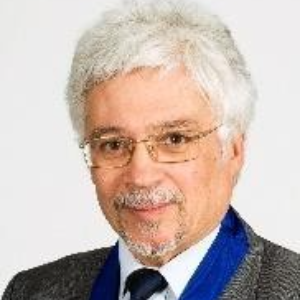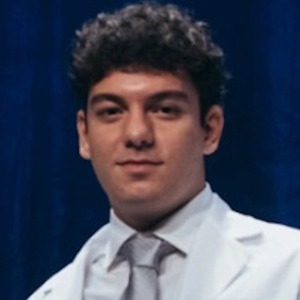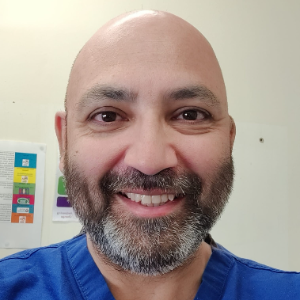Platysma Muscle
The Platysma Muscle is a thin, broad, superficial muscle located in the neck and upper chest region. It extends from the mandible (jawbone) to the clavicle (collarbone) and the shoulder. Comprising a portion of the superficial musculature of the neck, the platysma is involved in various facial expressions and movements. The platysma plays a role in actions such as facial grimacing, lowering the jaw, and assisting in expressions of surprise or tension. Innervated by the facial nerve (cranial nerve VII), it is primarily a muscle of facial expression. While the platysma is not as prominently involved in movement as some deeper neck muscles, it contributes to the overall aesthetics and functionality of the face and neck. Surgical procedures, such as neck lifts or certain facial reconstructions, may involve considerations of the platysma for optimal results. Understanding the anatomy and function of the platysma is essential for professionals in fields like plastic surgery and facial aesthetics.

Stephen S Tower
University of Alaska Anchorage, United States
Marcos Brioschi
American Academy of Thermology, United States
Wagih El Masri
Keele University, United Kingdom
Arif Akkok
Lake Erie College of Osteopathic Medicine, United States
Akash Ganguly
Warrington and Halton Hospitals NHS FT, United Kingdom
Sajid Ali
The Dudley Group NHS Foundation Trust, United Kingdom




Title : The UK profemur recall and implant cobaltism
Stephen S Tower, University of Alaska Anchorage, United States
Title : The tomographic phenotype and the genotype of wormain bones
Ali Al Kaissi, National Ilizarov Medical Research Center for Traumatology and Orthopaedics, Russian Federation
Title : New treatment of muscle contracture and joint contracture through muscle regeneration with mitochondrial dynamics
Ki Ji Lee, Busan Medical University, Korea, Republic of
Title : New treatment of sarcopenia through muscle regeneration with mitochondrial dynamics
Ki Ji Lee, Busan Medical University, Korea, Republic of
Title : The prevalence and association of self-reported depression symptoms with musculoskeletal pain and quality of life among pregnant women
Youssef Masharawi, Tel Aviv University, Israel
Title : Bipolar hemiarthroplasty under local anesthesia (2%)
Ketan Karabhai Parmar, Aayush Multispecialty Hospital, India